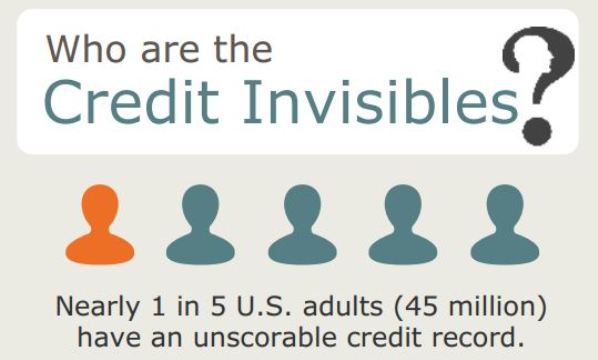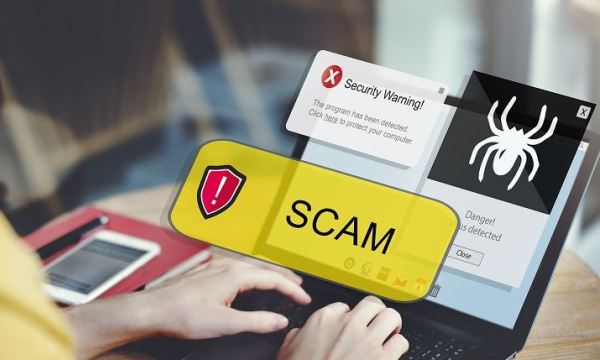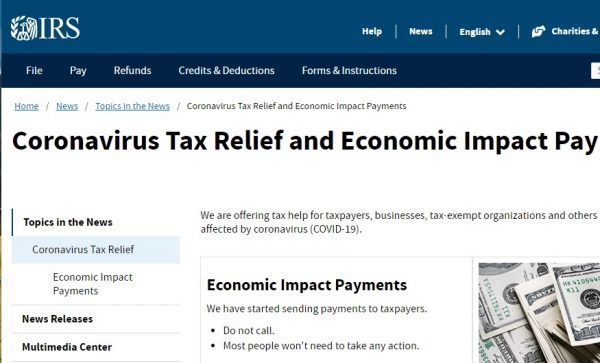The Credit Invisibles: 4 Challenges Beyond Credit Accessibility
By: Kimberly Roy, National Endowment for Financial Education® (NEFE®).
I met a teacher at a conference recently who shared a viewpoint we sometimes hear from other educators. He claimed that students should be taught never to use credit. He said we should teach every student that if they can’t pay for school, a car, or even a house with cash, then they shouldn’t buy it. Unfortunately, this does not consider the complete picture of how credit impacts an adult’s financial landscape.
- This article, “The Credit Invisibles: 4 Challenges Beyond Credit Accessibility”, is written from the perspective of teachers or parents of teens or young adults. Much of the information also translates into actions for the reader as well.
HSFPP does not take a stand on whether credit should or should not be used. Instead, we encourage students to understand their options and the potential costs and benefits of their credit choices.
It’s important to tell students that credit itself is not good or bad, but how we use credit and manage debt can be beneficial or detrimental. Using a credit card to go on a spring break trip when the student does not have a job to pay back the card is very different than taking out a student loan to invest in a degree that could provide a higher income and pay for itself many times over.
Categories of Credit Account
Credit cards and traditional loans are not the only form of credit. In addition to revolving credit and installment loans, consumers use “open” credit accounts.
Open accounts are paid in full every month without a balance that rolls forward, and generally do not charge interest. These typically include utilities, cellphones and other service contracts. Most service providers only report to the credit bureaus when a customer has a late or missed payment. Rarely do these companies report positive monthly payments. Therefore these accounts can harm your credit score but rarely help it.
Limited Credit History: Financial Challenges Beyond Credit Accessibility
According to the Consumer Financial Protection Bureau (CFPB) Credit Invisible Policy Report, in 2015 almost 1 in 5 U.S. adults either did not have a credit history or had “unscorable” credit files (either due to insufficient history or lack of recent history). These people without credit are called the “credit invisible.” When looking only at young adults 18 to 19 years old, the rate of credit invisibility soars to between 64 and 67 percent.
Without a credit history, these 45 million credit invisible and unscorable consumers often are denied access to mainstream credit options. Even if an individual does not plan to have a credit card or take out an installation loan, being credit invisible still provides other significant challenges:
The High School Financial Planning Program® (HSFPP) is the flagship program of the National Endowment for Financial Education® (NEFE®). NEFE is the leading private nonprofit, noncommercial foundation dedicated to inspiring empowered financial decision-making for individuals and families through every stage of life.
Learn more about the complete suite of NEFE’s free consumer and educator resources at www.nefe.org.






